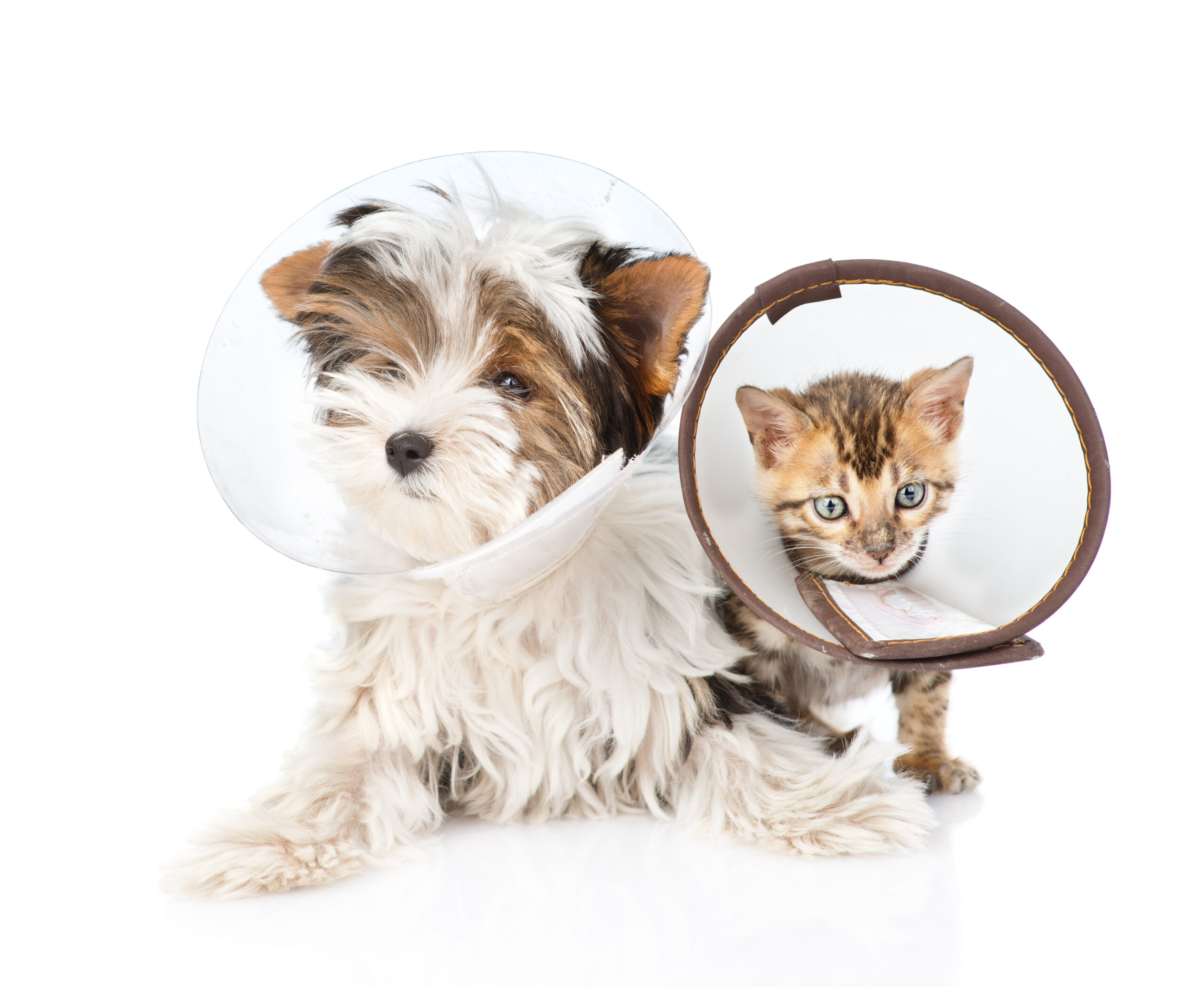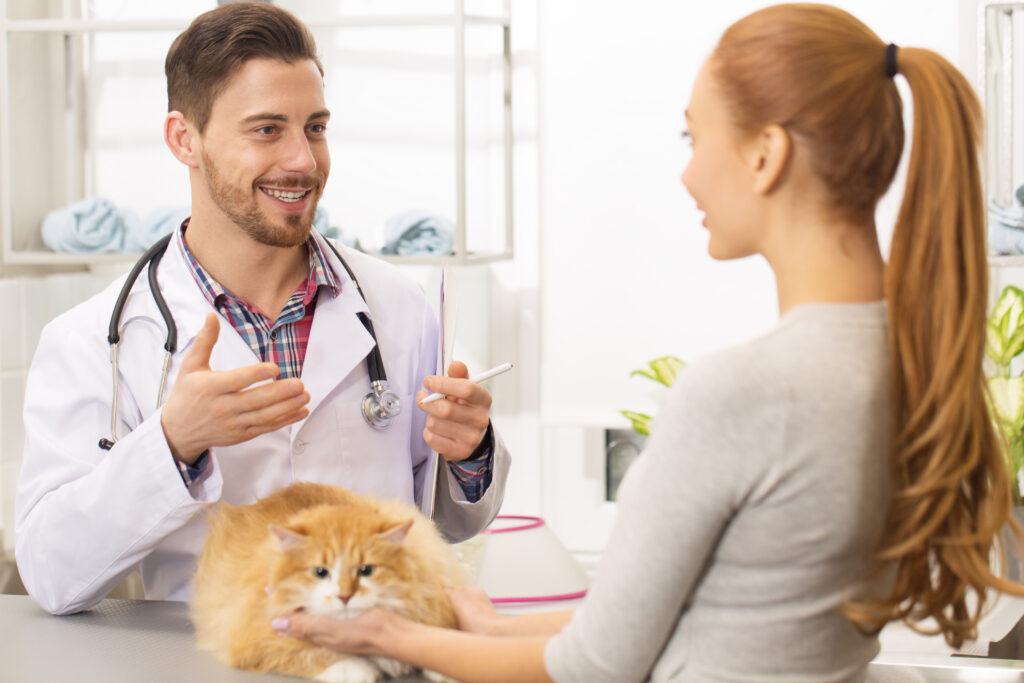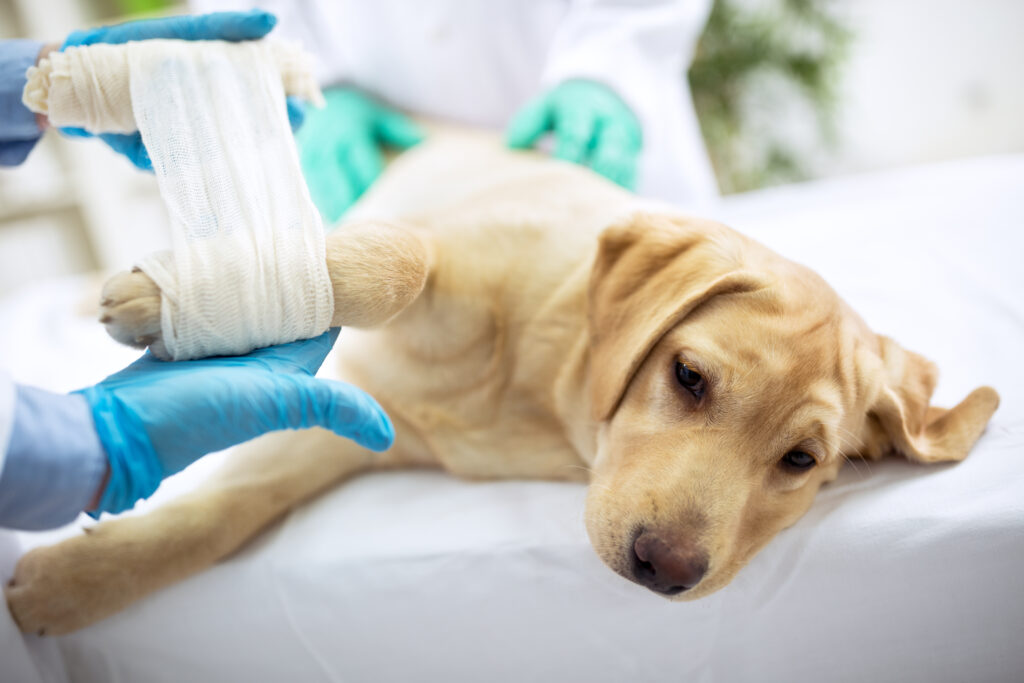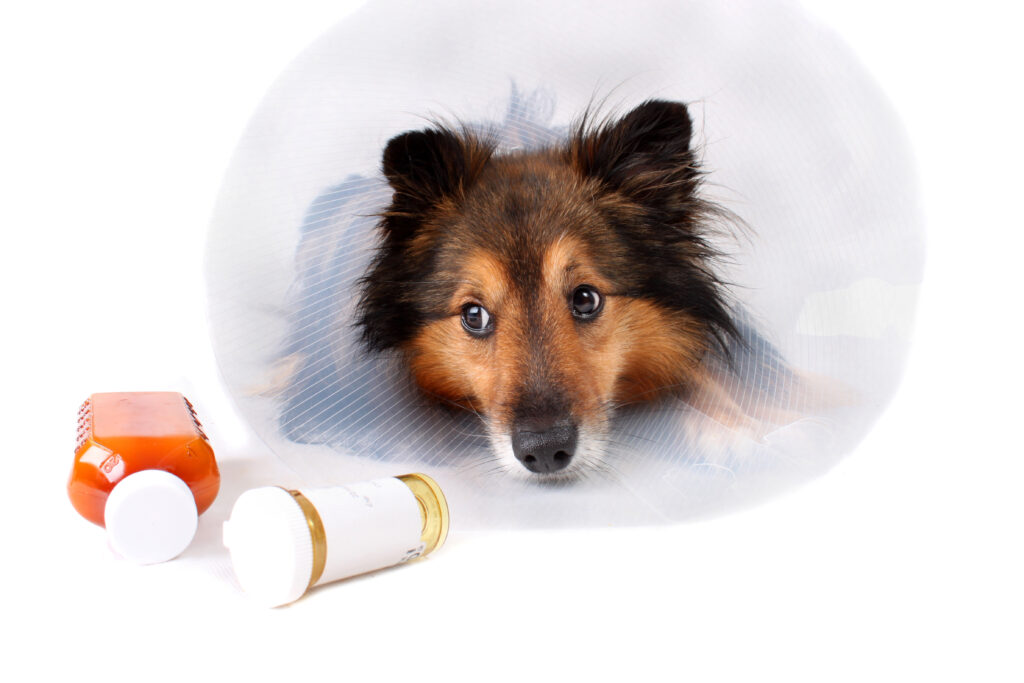
How To Prepare and Provide Post-Op Care For Your Pet
Surgery and Your Pet
If your pet needs surgery, you might feel overwhelmed. How do you prepare? What kind of care will your pet require while recovering? Don’t fret. Surgery can be a routine part of proper and healthy dog care and cat care. Just read this article. It will teach you how to prepare for the procedure and how to provide post-surgery care.
Preparing Your Pet for Surgery
First, go over all the details of the operation with your veterinarian. Then, ask your vet what you need to do to get your furry friend prepared.
If your animal companion will be placed under general anesthesia, your pet may need to be in a fasted state. Ask your veterinarian how many hours your pet should go without food. In addition, your vet may want a pre-anesthetic blood screen. Be sure to go over those details with your vet. There may also be other considerations that should be discussed. Of course, that all depends on the procedure and your pet’s particular needs.

Caring for Your Pet After Surgery
Before the day of the surgery arrives, you must start thinking about the recovery process. Why? Because your pet may require special care during that time. This section is devoted to this important topic. But don’t forget to talk about it with your vet too.
Allow Your Pet to Rest
If your pet gets placed under general anesthesia, your fur baby will probably be pretty tired afterward. Don’t worry. Just let your pet rest in a quiet location in your home. Set up some comfy blankets and temporarily keep the kids and other pets away from this space.
Be Careful When Feeding Your Pet
Other possible side effects of general anesthesia include nausea and loss of appetite. That’s why food should gradually be reintroduced. Start by giving your pet small portion sizes of easy-to-digest foods, like plain chicken. Avoid giving your furball anything too rich. If your pet’s appetite doesn’t increase within 48 hours, get ahold of your vet.
Keep a Close Eye on Your Pet
While your pet is recovering, look out for the following:
- Lethargy
- Shivering
- Diarrhea
- Vomiting
- Surgical Site Infection
- Not Drinking Water
If you notice any of those signs don’t hesitate to call your vet.
Caring For the Wound
If all goes well, your pet’s surgical wound should heal without any problems. Here’s what you can do to encourage the healing process:

- Put an Elizabethian Collar on your pet. This will prevent your furry friend from licking the wound.
- If your pet can’t handle an Elizabethian Collar, look into alternative options. Some of those options include an inflatable collar, a comfy cone, and a surgical recovery suit.
- Look out for bruising, swelling, oozing, and bleeding. Call your vet if you notice any of those signs.
- If your pet must go outside, put a plastic bag over the bandage. This will protect it from getting wet. Be sure to take it off as soon as your pet comes back inside.
Giving Medicine
- Your pet may need to take medicine after the surgery. Your vet will explain how to give the medicine. All you have to do is follow those instructions.
- You may want to purchase Pill Pockets, Canned Pumpkin, or Baby Food to hide medication.
- Ask your Vet if the meidcation can be crushed and mixed in food.
- Purchase a Pill Injector, this product was designed for better administration of oral tablets or capsule to dogs or cats.

Limiting Your Pet’s Movement
During the recovery process, you may need to limit your pet’s movement. Otherwise, too much activity could hinder your fur baby’s ability to recover. Controlling your pet’s movement can easily be done by keeping your animal companion in a certain area of your home. That area shouldn’t include any furniture that your pet could jump onto.
In some scenarios, pets must remain in a cage while recovering. If that’s your situation, be sure to choose a good-sized cage. It needs to be tall enough for your pet to stand and wide enough for your pet to turn around. It must also have enough space for your animal’s food and water dishes. If the cage is too small, those dishes could easily get knocked over.
Entertaining Your Pet During the Recovery Process
As your pet begins to feel better, it may become more difficult to limit activities. Here are some tips that will help you overcome this challenge:
- Give your pet fun toys that don’t encourage too much movement. Some examples include chew toys and brain games.
- Rotate the available toys so that your pet doesn’t get bored of them.
- Pamper your pet with treats. But don’t give too many treats. Otherwise, your four-legged buddy will gain weight.
- Spend extra time cuddling your beloved furry pal.
In Conclusion
Preparing your pet for surgery and providing great care after the operation doesn’t have to be complicated. Just make sure you understand the process and the steps to take.
The better you understand, the better care you will provide. And that increases the odds of your pet sailing through the whole ordeal without any problems.
About the Author:
Savanna Westwood
Savanna Westwood is the Owner and Founder of The Savvy Sitter, Pet Sitting and Dog Walking, LLC. She has grown up with animals all her life and enjoys spending time with them. Savanna has lived in the Winter Garden and Windermere Area for over 30 years. When she is not taking care of Fur Friends, one can find her reading, practicing archery, riding, and devising ways to provide additional and excellent services to clients. Savanna is a Certified Professional Pet Sitter with Pet Sitter International's CPPS certification and also holds certification in Pet First Aid and CPCR for Pet-Care Professionals.

